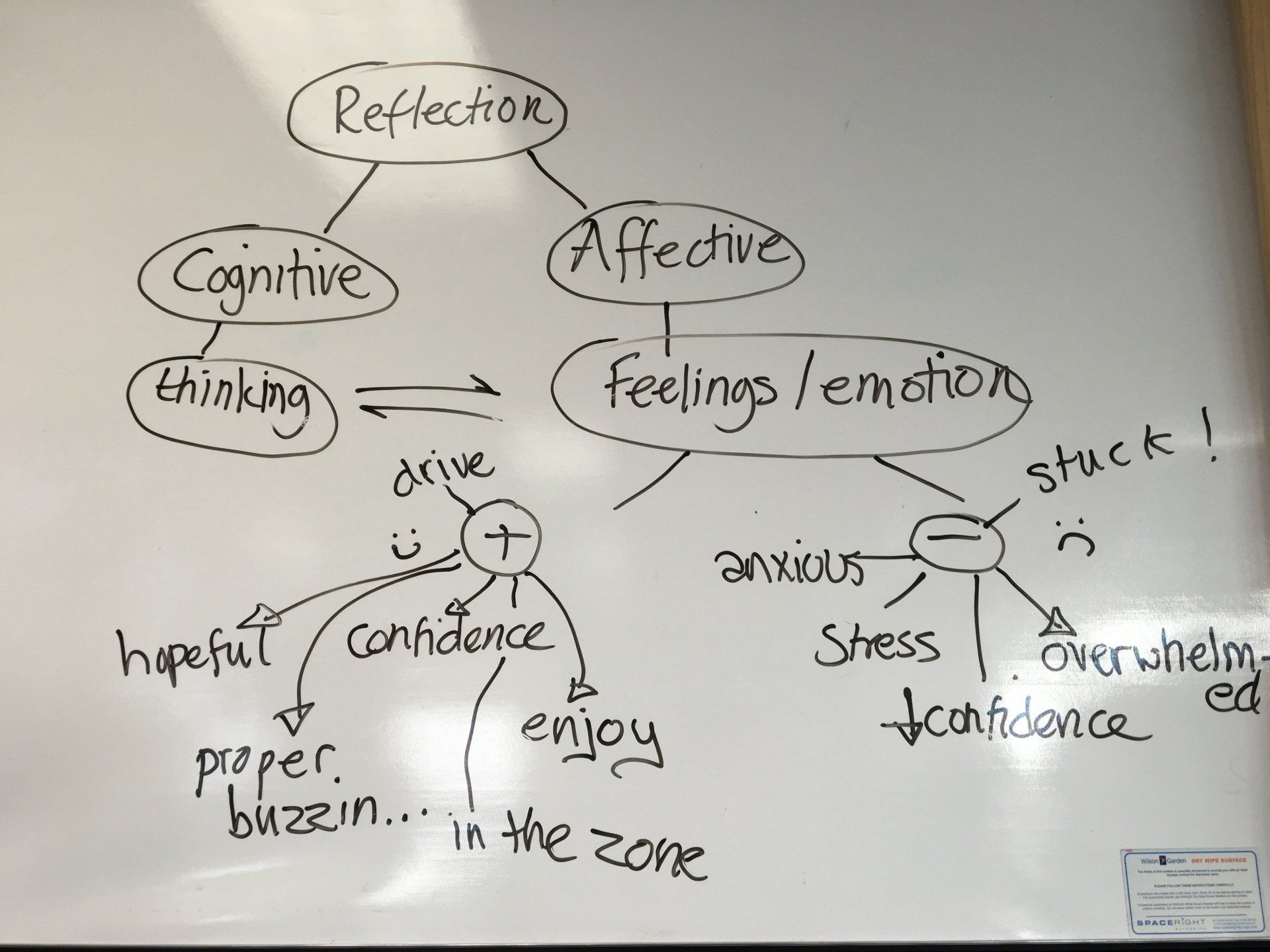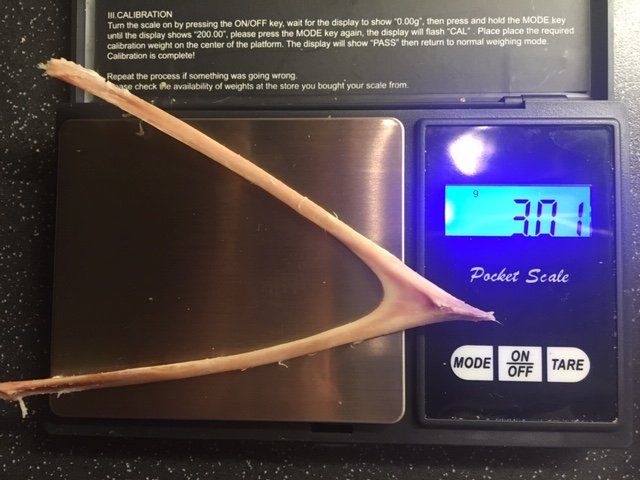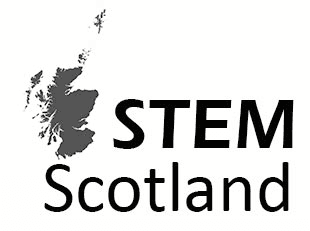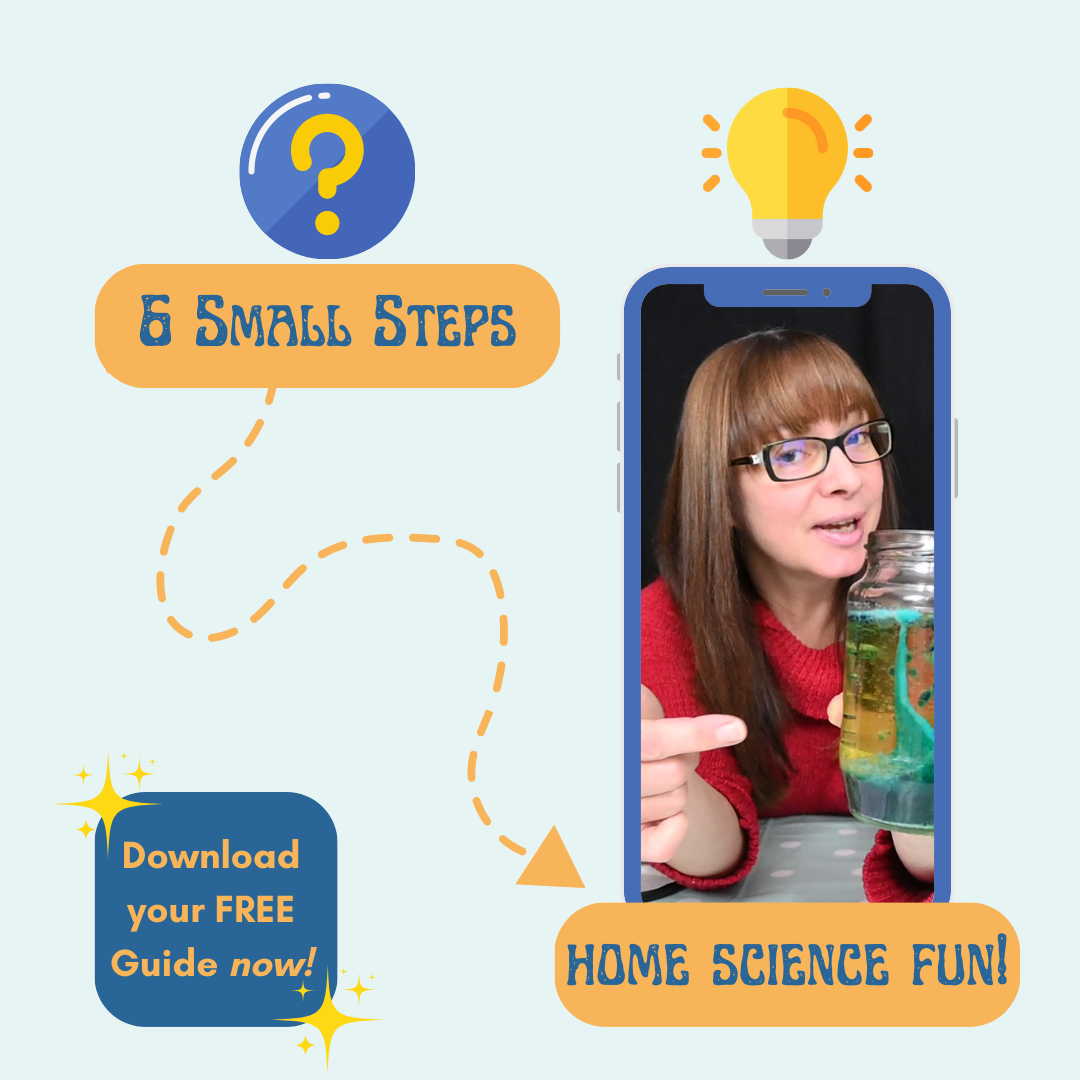
Science Fair!
(I have always wanted to run one of these!)
Dr Dot’s Science Club has started a tradition….we end each run of the Club with a Science Fair!
So far this year we have ran two full versions of Dr Dot’s Science Club, both at The Glasgow Academy Newlands (TGAN) campus. TGAN is a small school with pupils from P1-P4, and is a branch of the main school at Kelvinbridge. It has been an absolute privilege working with the school, and I owe a huge thanks to the Head of TGAN, Hazel Logie, for offering this amazing opportunity to STEM Scotland. I am delighted to announce that Dr Dot’s Science Club will run again at TGAN after the holidays; not wanting to wish the summer away (let’s hope we get one!) but I am really looking forward to running the Club for a third time here. As a new Company, this repeat business is tremendous validation for us, from trialling the Club to becoming established as a regular. So a huge thanks to TGAN (staff, pupils and parents) and Mr Mathewson (Head of Prep, TGA Kelvinbridge) for putting Hazel and I in touch following her request for a Science/STEM Club.
So….Science Fair!
Dr Dot’s Science Club held their second Science Fair at TGAN on Wednesday 19th June. Dr Dot (On the Spot!) began by welcoming club members and their guests, and outlining the proceedings, encouraging everyone to take part. Club members assisted most kindly (and got a chance to practice their presentation skills) by holding up display boards.
Data collection
Over the term, Science Club members have been gathering data on weather, temperature, rainfall and light levels, and recording their findings each week on the Dr Dot’s Science Club Weather Chart, onto which art/craft work was also incorporated. Jessica (who wants to be a Weather scientist) did a superb job unveiling the Weather Chart, then led a group to the playground to collect today’s data. Jessica noticed that surprisingly the shade temperature was higher than the non shade temperature, so decided to repeat the measurements to test this more fully and gather more accurate data. A very important scientific principal (and observations) so well done!
Meanwhile over in the corner, activity at the Can You Step Through Paper? table was hotting up. This is a simple (yet very clever) exercise, illustrating some principles of engineering, design, shape and maths, where if you cut one sheet of A4 paper in a certain way then yes you can indeed step through it! The design principles were then carried through to decoration, embellishment and jewellery making, with some guests being adorned with beautiful sequinned versions as necklaces!
Can you feel the tension? Surface tension!
And in the other corner…Penny Drops! (or Water Drops; alternative title). It was fantastic to see pupils, parents/guests and staff all trying to see how many drops of water they could drip onto a penny using a pipette! The concentration was immense, some excellent pipette control displayed, and counting began. Tension was palpable! Did I mention tension? Surface tension :-) Hydrogen bonding between water molecules means they are more “sticky” than they would be without this intermolecular force holding them together, allowing you to build up a dome on the penny surface as the water molecules pile up higher and higher, wider and wider, clinging on to each other like little acrobats. Amazing!
Live demos!
And while this was going on, we had a spontaneous live demonstration of an experimental idea being formulated, trialled, improved upon, then working. I usually avoid the word "worked" re science experiments, as every attempt can tell you something and might just mean revising your ideas, rather than it not "working". Daniel however had already done exactly that so he was able to show how to achieve what he was trying to find out, by rigorous testing. Daniel showed that if you scrunch up a dry paper towel, place it in a small tub, then plunge this quickly into a larger tub full of water, the paper towel remains dry when pulled out. Well done Daniel, for your imagination, creativity and perseverance; a fantastic illustration of the Scientific Method in action!! How did this work? Displacement of water, and creation of an airtight seal, allowed the paper towel to stay dry in its own little bubble of air. Physical forces are fascinating!
Scientist Certificate Presentations
And now for my favourite part of the Science Fair….presentation of the Scientist Certificates to our young scientists! One of the main aims of Dr Dot’s Science Club is to help club members develop skills, both scientific and personal, and to emphasise the points that science is everywhere, and is for everyone, fostering an inclusive approach all the time. Everyone has something to bring to the party! So each club member was called out individually, their own Specialist Skill announced, and their Scientist Certificate duly presented to the applause of their family/guest, club members and school staff. It’s a lovely occasion, and just some of the Scientist Skills recognised today included Asking Questions; Counting; Teamwork; Experiment Ideas; Explaining; Decision Making; Being Creative…..there are many more, and all equally important.
So well done everyone, and thank you to all! Now go and enjoy the holidays, and it will be a great pleasure to resume Dr Dot’s Science Club in the Autumn term.
School’s Out!!







